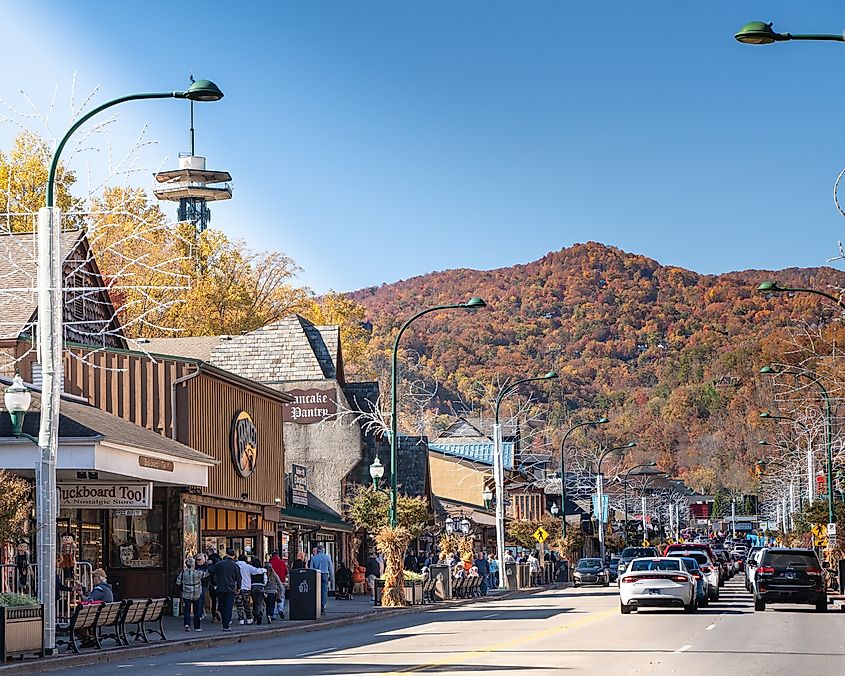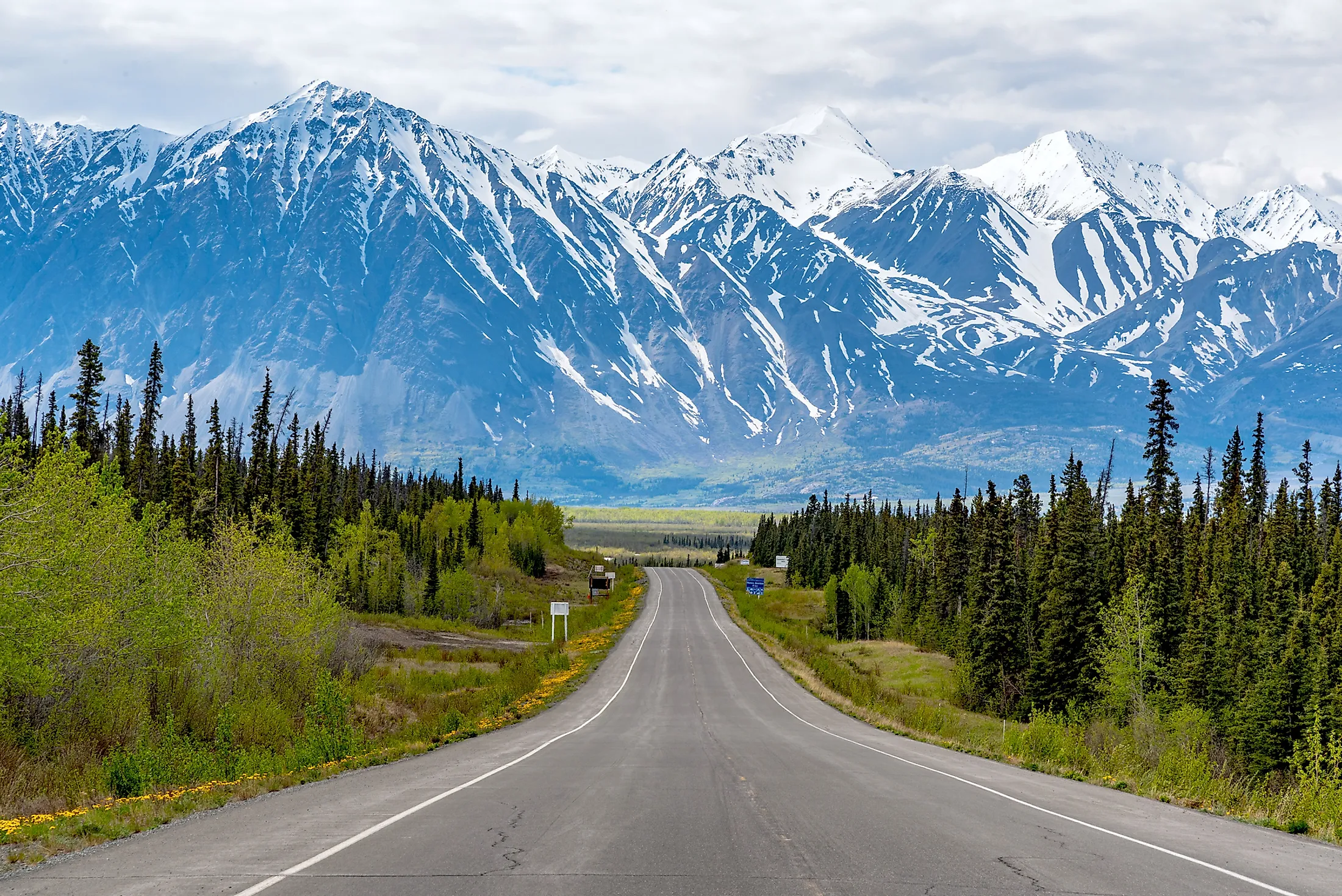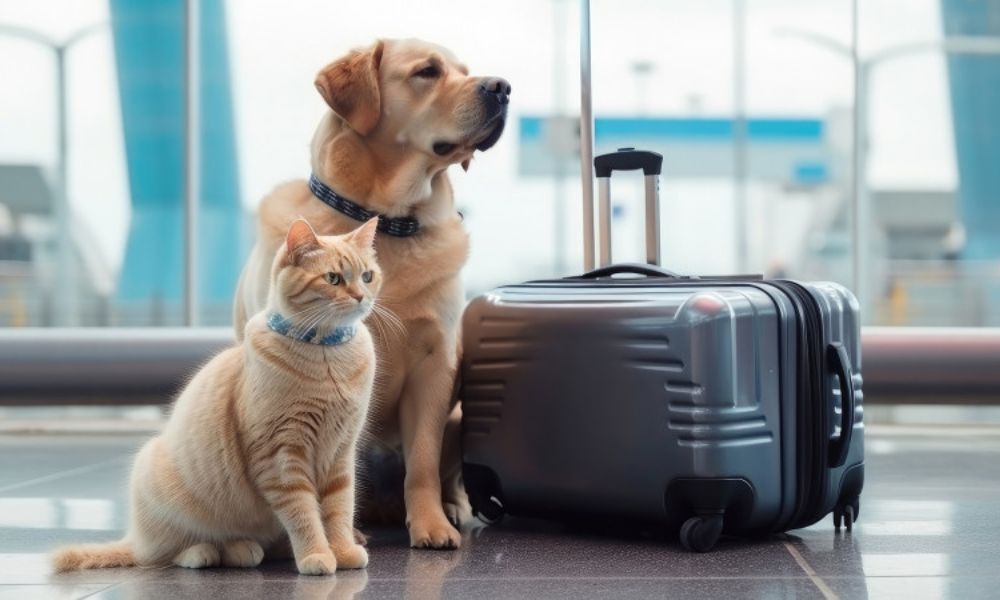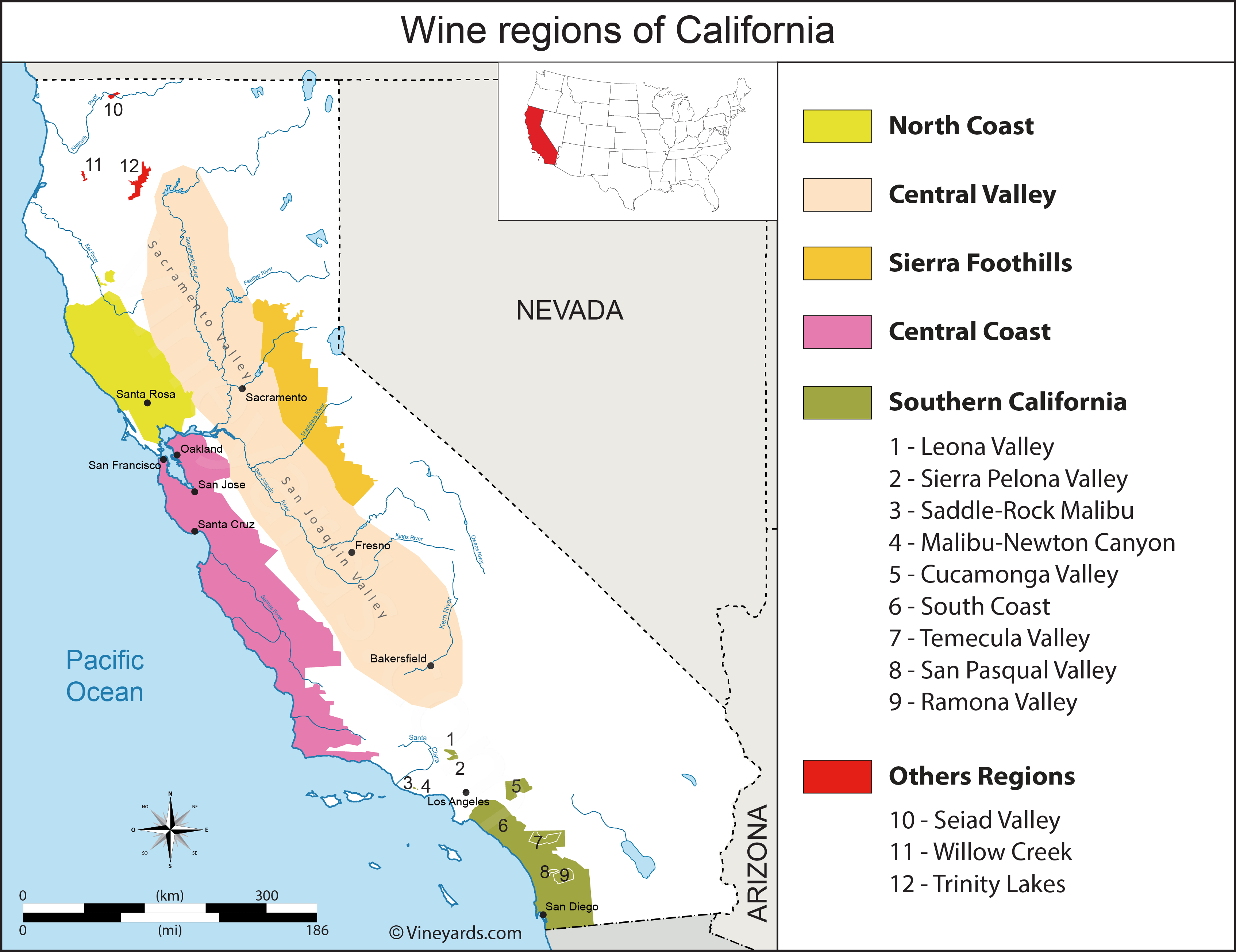
Which California Wine Region Is the Very Best?
California’s reputation as a world-class wine producer is undeniable, but with a multitude of regions offering distinct experiences and varietals, the question of which reigns supreme is far from straightforward. The state’s viticultural landscape is incredibly diverse, boasting 6,200 wineries responsible for fermenting, blending, and bottling a staggering 229 million cases of wine annually. These wines are crafted from one hundred different varietals grown across 610,000 acres, encompassing 154 recognized American Viticultural Areas (AVAs). California accounts for approximately 80% of the United States’ total wine production, firmly establishing itself as the fourth-largest wine-producing region globally. While quantity is significant, the emphasis on quality, particularly with the robust Cabernet Sauvignon, has elevated California’s wines to international acclaim.
The allure of California wine country extends beyond the liquid itself; it’s about the immersive experience. Touring wineries amidst rolling vineyards, along the Pacific coastline, or engaging with winemakers in intimate settings adds a layer of depth that mass-produced wines simply cannot replicate. The ability to explore vineyards by bike, horseback, or even electric tuk-tuk enhances the connection to the land and the wine it produces. The challenge, however, lies in navigating the abundance of choices. Over 20 million tourists visit California’s wine regions each year, creating a significant dilemma for those seeking the ultimate wine-tasting experience. Narrowing the options to the four most prominent regions—Napa Valley, Sonoma County, Santa Barbara County, and Paso Robles—is a crucial first step.
To decipher which region best suits individual preferences, a dual approach is required, one that considers both the wine and the overall experience. Evan Hufford, co-owner of Maison Healdsburg, a Sonoma County wine bar, suggests a simple yet effective strategy: "What kind of wine do you usually like to drink, and what kind of experience do you want to have?" This framework serves as the foundation for evaluating each region, providing a tailored perspective for every wine enthusiast.
Napa Valley: Best for Red Wine Lovers and Luxury Seekers
Napa Valley, synonymous with high-end wine and opulent experiences, holds a prestigious position in the global wine industry. Its reputation precedes it, drawing wine aficionados and luxury travelers alike. The valley’s unique terroir, characterized by its location between two mountain ranges, a dry Mediterranean climate, 33 soil types, and 17 sub-appellations, contributes to its exceptional wine quality. Napa’s viticultural roots trace back to the establishment of sacramental wine production for early missions. The region’s commercial success began in the late 19th century with the founding of iconic wineries like Charles Krug, Beringer, and Inglenook, all of which continue to thrive today.
The pivotal moment that cemented Napa’s global reputation occurred in 1976 at the Judgment of Paris, a blind tasting where Stag’s Leap Wine Cellars and Chateau Montelena triumphed over renowned French Cabernet Sauvignon and Chardonnay. This event reshaped the wine world and elevated Napa Valley to a position of international prominence.
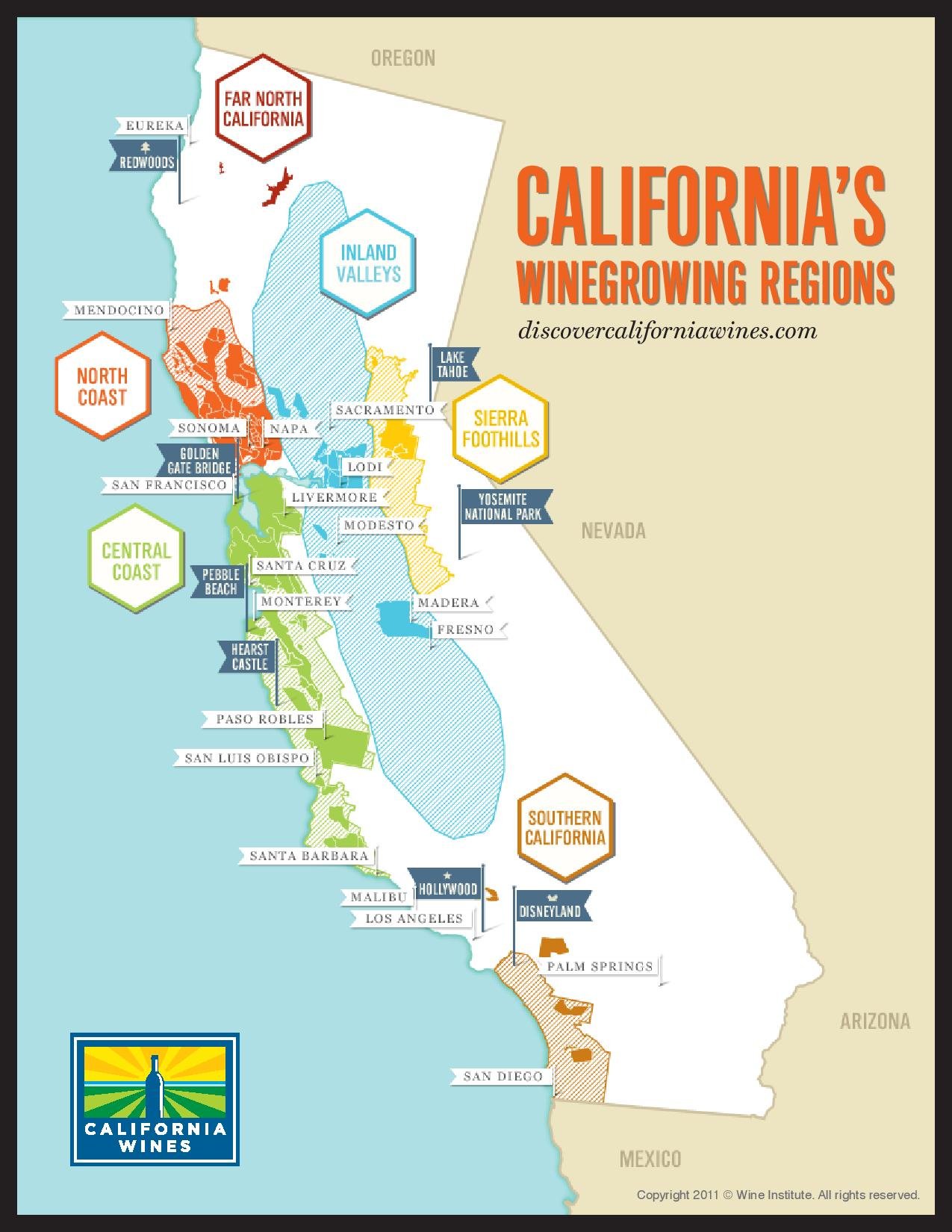
However, this prestige comes at a cost. Napa Valley is undeniably the most expensive wine region in California, with entry-level tastings frequently exceeding $100 per person. Luxury accommodations, Michelin-starred dining, and exclusive experiences contribute to the high price tag. Stays at resorts like Four Seasons Napa Valley, meals at French Laundry or Kenzo, and elaborate tasting packages at wineries like Shafer and Theorem exemplify the lavish offerings. For instance, Shafer Vineyards offers a $500 Hillside Select Experience that includes caviar, a Polaris Ranger tour, and a vertical tasting. Theorem Vineyards, in collaboration with Baccarat, provides a $750 tasting that includes a winery tour, estate vintages, a curated menu, and a crystal glass souvenir. For those seeking the ultimate indulgence, Bardessono Hotel & Spa offers a $30,000 package that includes a four-night villa stay, wine and food pairings, a master sommelier class, and exclusive winery tastings.
"Napa Valley has successfully cultivated an image of unparalleled luxury and quality, attracting a clientele willing to invest significantly in the wine experience," notes Dr. Eleanor Vance, a fictional Senior Market Analyst at Global Wine Insights. "However, this exclusivity may limit its appeal to a broader audience."
Paso Robles: Best for Western Vibes and Creative Winemakers
Located midway between Los Angeles and San Francisco, Paso Robles is emerging as one of California’s fastest-growing wine regions, celebrated for its innovative spirit and diverse offerings. The region’s central location has contributed to its accessibility and appeal, drawing visitors from both major metropolitan areas. Paso Robles, often described as wine’s "melting pot," cultivates over 60 varietals across 40,000 acres, encompassing one large American Viticultural Area divided into 11 sub-AVAs. This diversity reflects the region’s varied temperatures, terrains, and soil compositions.
While Cabernet Sauvignon is a prominent varietal, Paso Robles distinguishes itself from Napa by embracing a wider range of winemaking styles and grape varieties. Many wineries adhere to traditional methods, drawing inspiration from France’s Rhône, Bordeaux, and Burgundy regions, as well as Spanish and German influences. However, a growing number of producers, including Paix Sur Terre, Herman Story, and Tablas Creek, are experimenting with unconventional techniques, rare varietals, and unique blends. Thacher Winery’s "Funky Fridays" further highlight this embrace of the unconventional.
Tasting experiences in Paso Robles are diverse, ranging from expansive properties on rolling hills to repurposed industrial spaces like Tin City and tasting rooms in downtown Paso Robles. The region’s welcoming atmosphere is reflected in its approachable pricing, with tastings averaging around $40 and often waived with bottle purchases.
The town of Paso Robles exudes a community-driven spirit, blending modern attractions like the Sensorio light art installation with nostalgic elements like the annual Mid-State Fair and Alta Colina’s collection of vintage trailers available for rent. The region’s agricultural and ranching heritage is celebrated throughout, with nods to its past found in converted barns, cowboy bars, and family-friendly farms. Lodging and dining options, such as Stables Inn, Cowgirl Café, and Farmhouse, often feature western-themed décor.
"Paso Robles has successfully cultivated a reputation for innovation and approachability, attracting a younger generation of wine enthusiasts," states Professor Alistair Humphrey, a fictional Professor of Public Policy at the University of California, Davis. "Its emphasis on sustainability and community engagement positions it well for long-term growth."
Santa Barbara: Best for Sipping Small Oceanside and Coastal Charm
Santa Barbara County offers a unique blend of coastal charm and wine country exploration, making it an ideal destination for those seeking both beachside relaxation and vineyard visits. Located on the "American Riviera," Santa Barbara boasts seven AVAs, cultivating 75 grape varietals. The region gained notoriety as the setting for the film Sideways, which, while controversial for its portrayal of Merlot, significantly impacted wine tourism.
The region’s unique transverse mountain range, running east-west instead of north-south, creates a distinctive microclimate characterized by cooling fog and Pacific winds. This phenomenon imparts intense minerality to the soil, influencing the character of Santa Barbara’s wines. The wine scene is dominated by small, family-owned producers offering tastings around $30, such as Bien Nacido Estate, Whitcraft, and Star Lane Vineyard.
Santa Barbara’s proximity to the coast is a major draw, offering easy access to beaches, seafood, and stunning sunsets. The Funk Zone, a revitalized industrial area near the beach, houses 16 wineries and tasting rooms, along with trendy restaurants, hotels, and street art. Visitors can enjoy wine-tasting boat tours or relax on sun-drenched patios at wineries like Folded Hills and Presqu’ile.
Sonoma County: Best for Oenophiles Who Love the Outdoors and Sustainable Practices
Sonoma County, located just north of San Francisco, offers a diverse wine experience characterized by its rugged landscapes, sustainable practices, and wide range of varietals. While geographically close to Napa Valley, Sonoma presents a distinctly different atmosphere, emphasizing outdoor activities and a more laid-back lifestyle. Covering 1,768 square miles, Sonoma County boasts 19 AVAs and cultivates 60 grape varietals, reflecting its diverse terroir. The region’s landscapes range from the foggy Russian River Valley to the maritime-influenced West Sonoma Coast and the volcanic soils of Chalk Hill. This diversity results in a wide array of wines, from Alexander Valley’s Cabernet Sauvignon to Los Carneros’ sparkling Chardonnay and Zinfandels with spicy berry notes.
Sonoma County retains a strong connection to its Northern California roots, with a focus on sustainability and organic practices. Approximately 75% of the vineyards are certified sustainable, organic, or biodynamic. Even in the sophisticated town of Healdsburg, eco-friendly businesses abound, including the LEED Gold-certified Harmon Guest House, the Marine Layer tasting room with vegan food pairings, and the plant-based Little Saint restaurant and bar.
The region offers numerous opportunities for outdoor activities, including forest bathing with wine tastings, yoga among the vines, foraging classes, kayaking and cycling tours, and hiking around vineyards. Glamping accommodations, such as River Electric and Dawn Ranch, further enhance the connection to nature. The Sonoma region has seen a 15% increase in ecotourism in the past five years, demonstrating the region’s commitment to sustainable practices.
The best California wine region ultimately depends on individual preferences and priorities. Napa Valley caters to luxury seekers and red wine enthusiasts, while Paso Robles offers a more innovative and approachable experience. Santa Barbara combines coastal charm with wine country exploration, and Sonoma County appeals to those who value outdoor activities and sustainable practices. As the California wine industry continues to evolve, each region is expected to further refine its unique identity, ensuring a diverse and rewarding experience for all wine lovers. The total revenue generated by wine tourism in California is projected to reach $7.5 billion in the next five years, demonstrating the continued economic importance of these regions.
